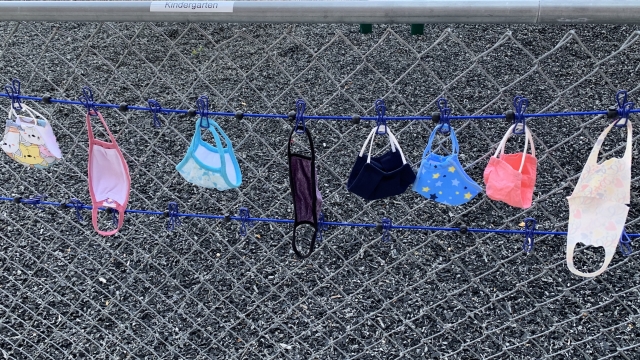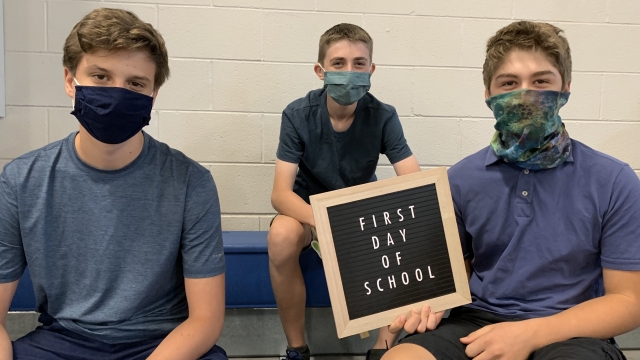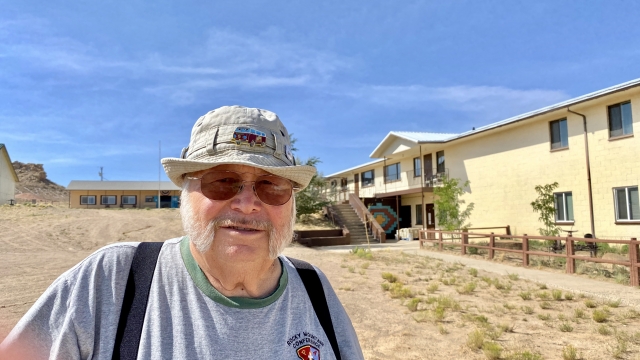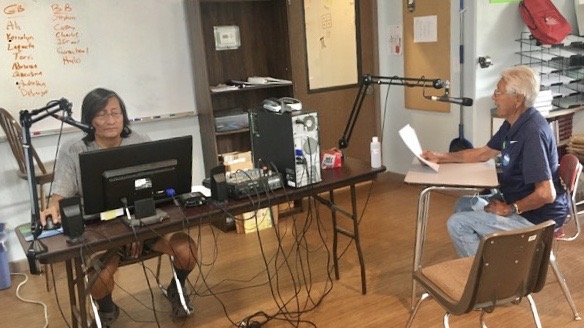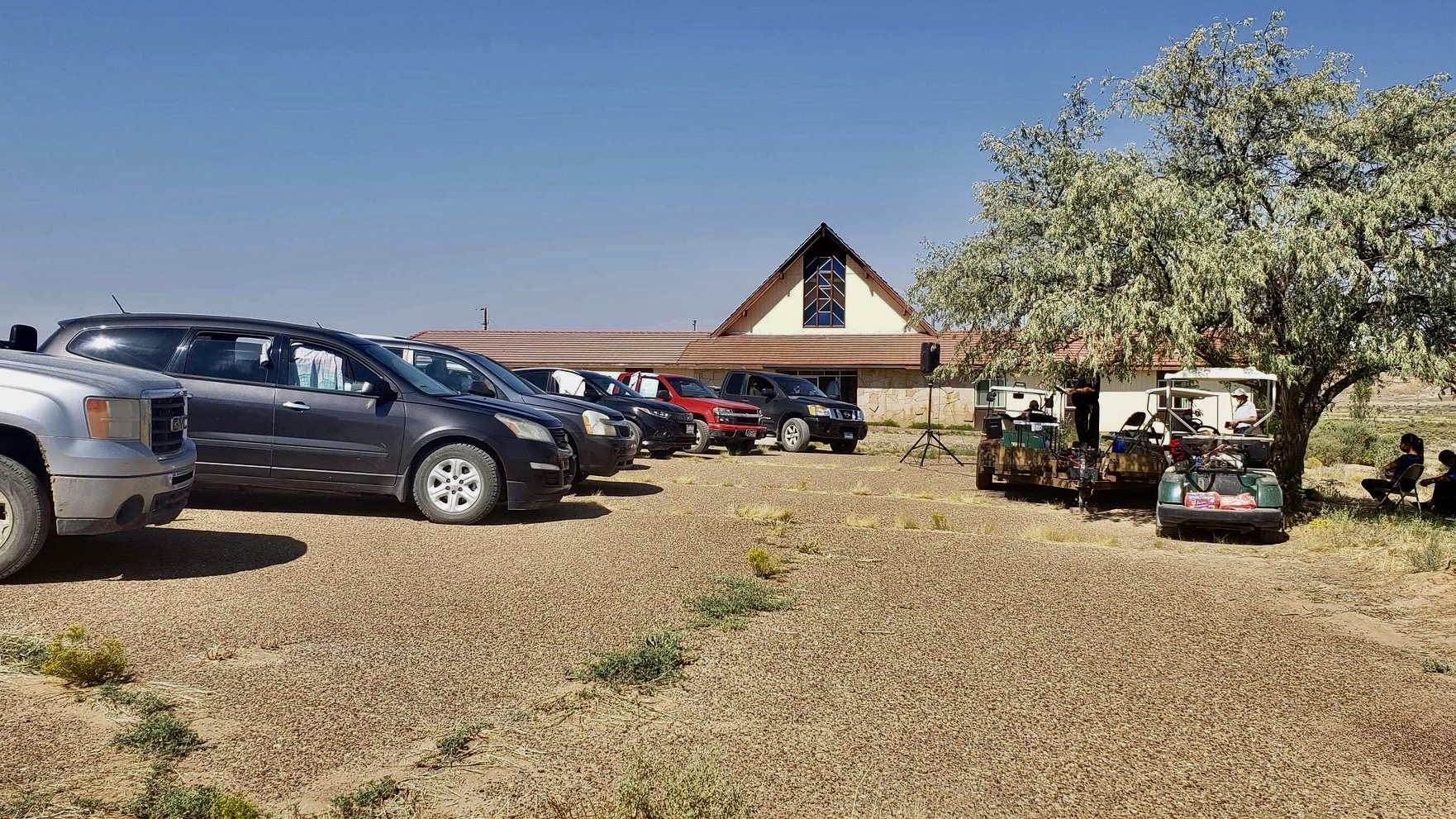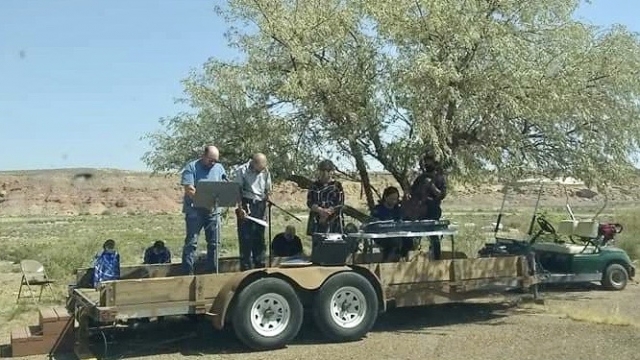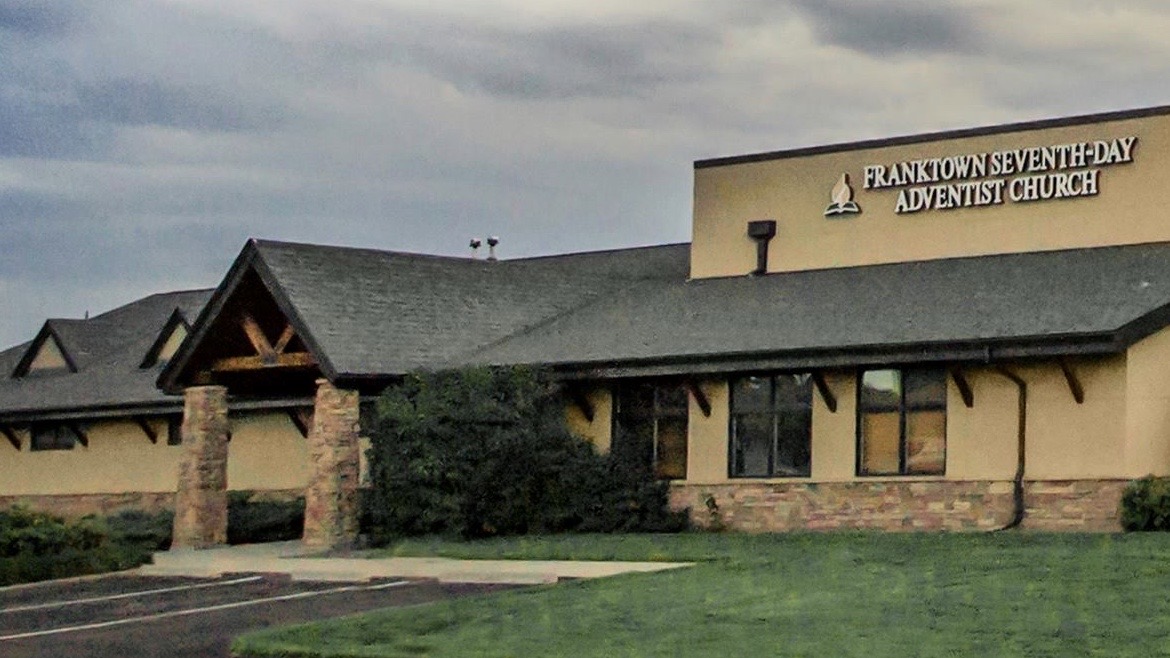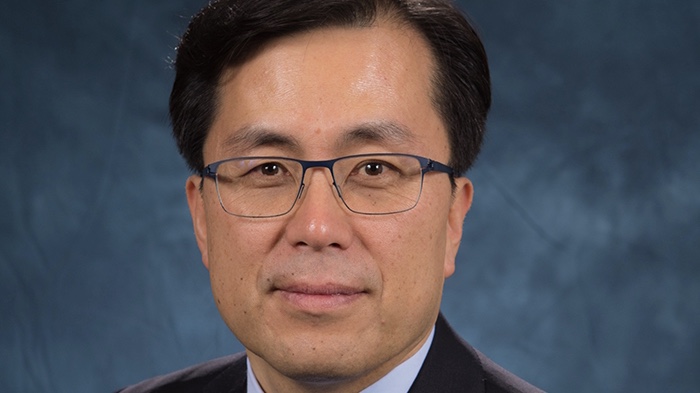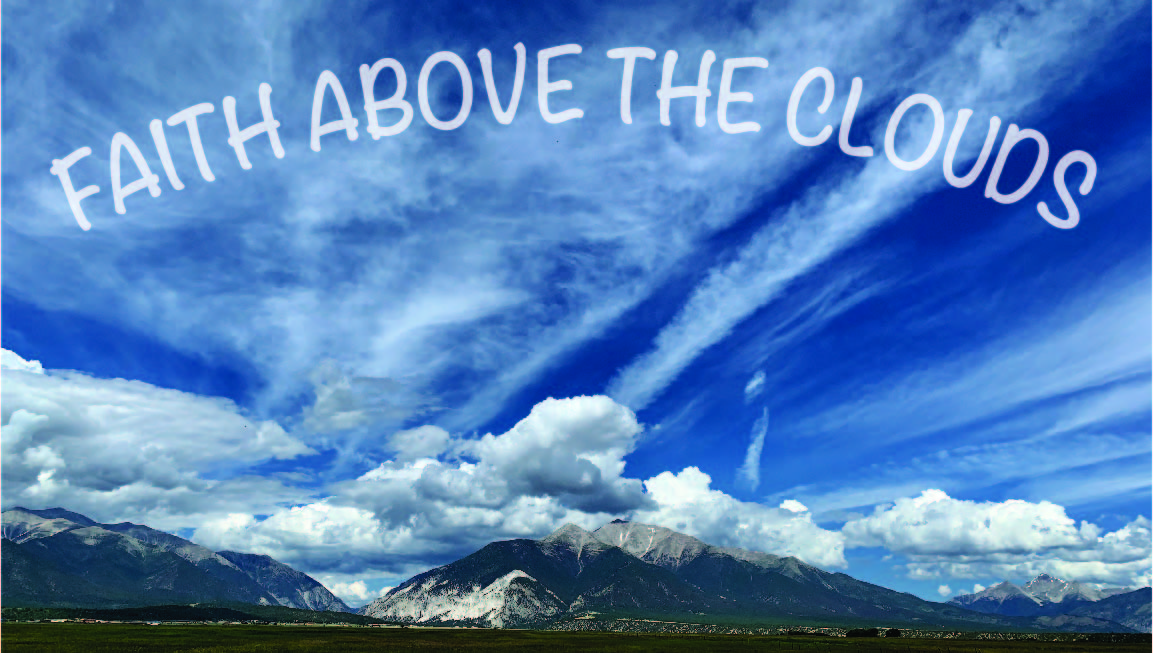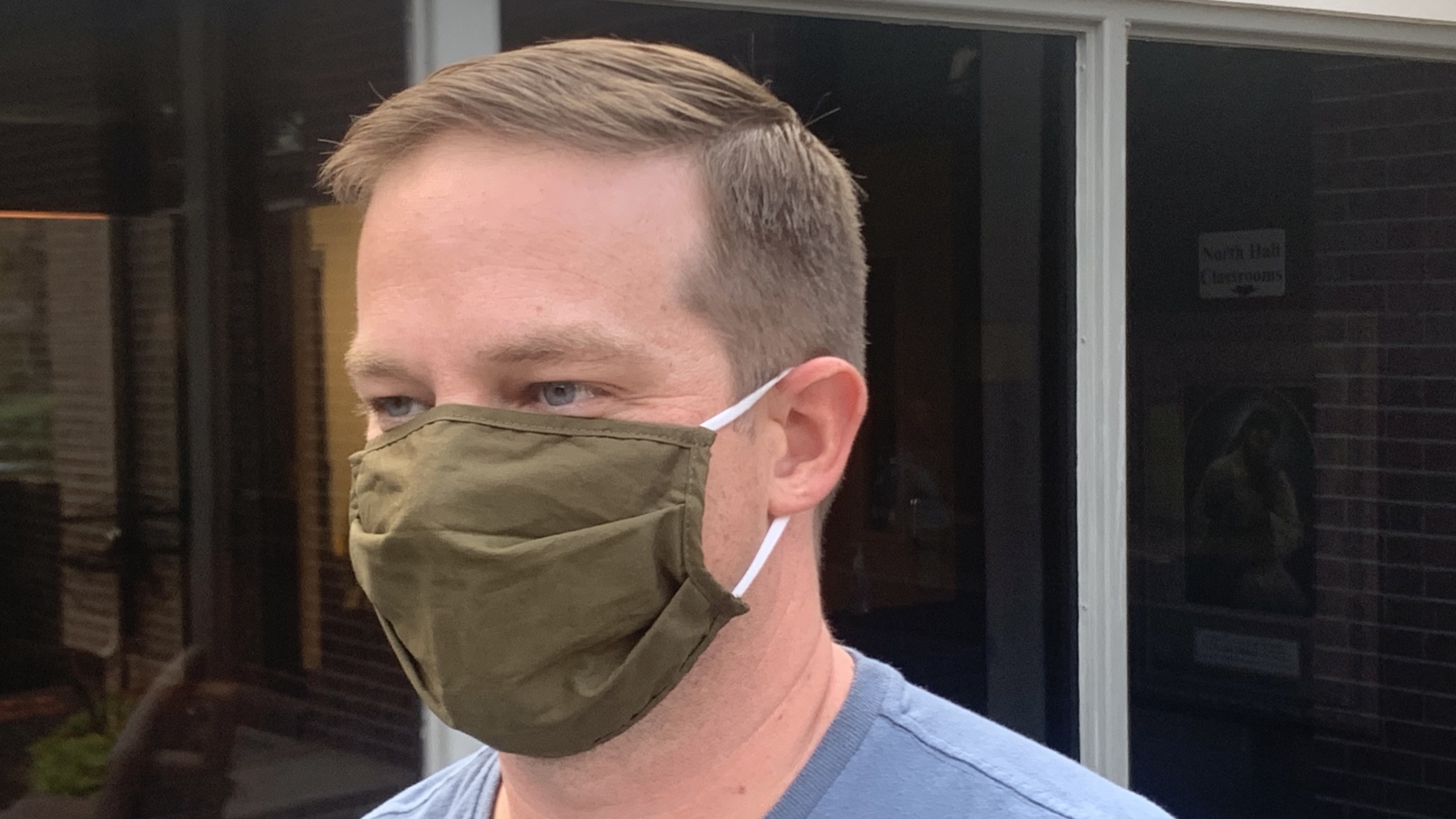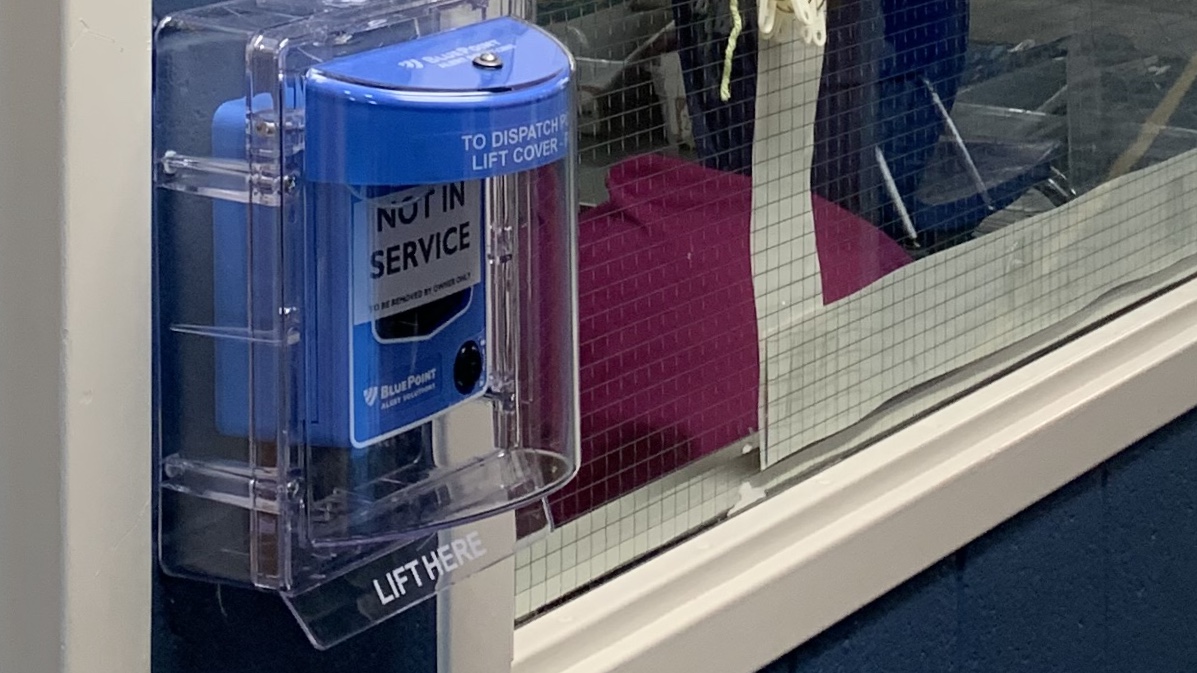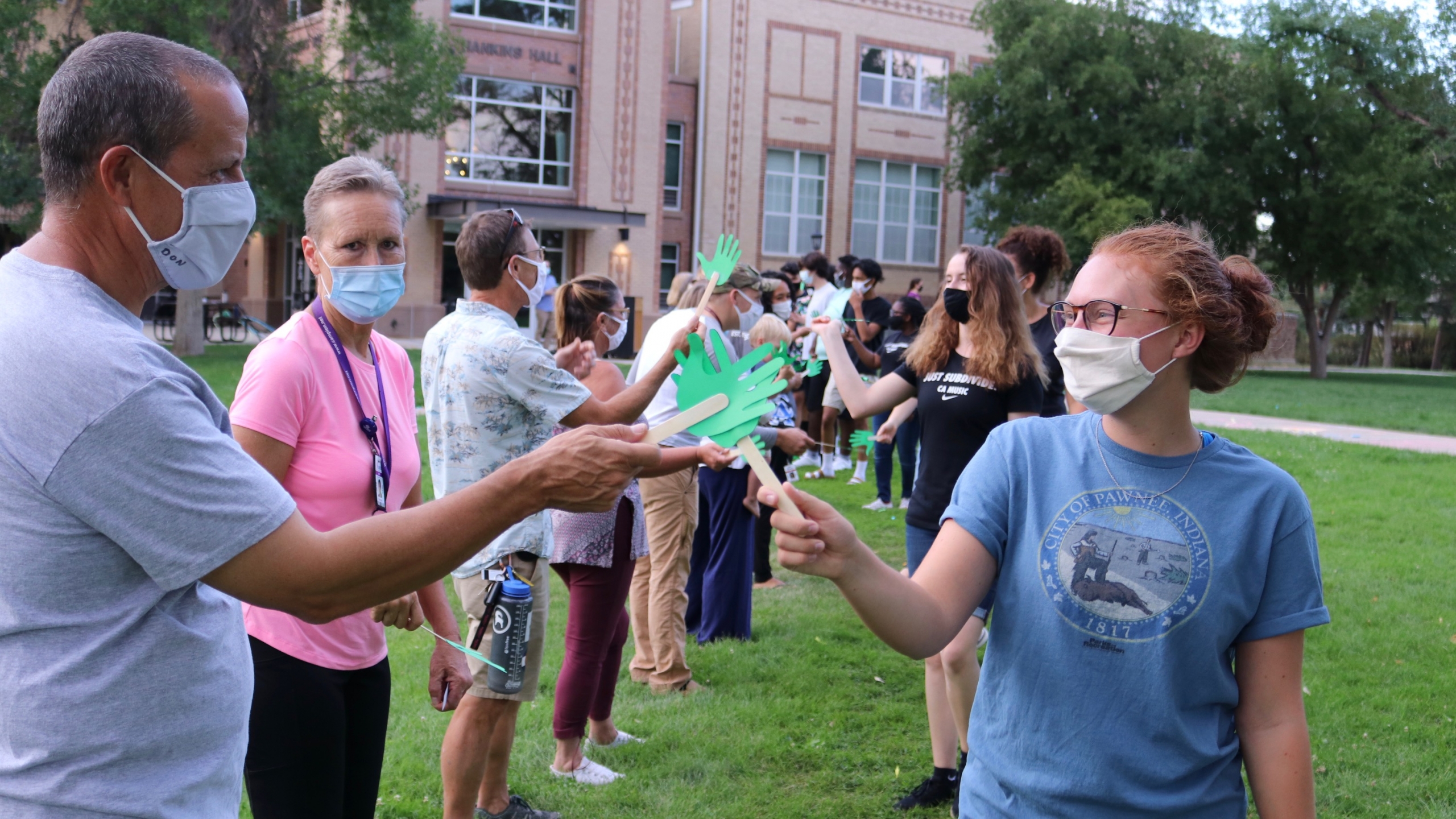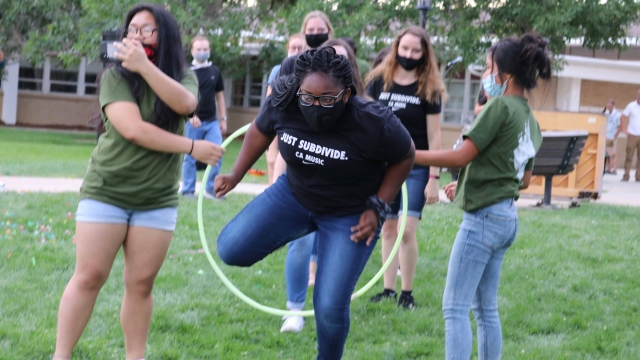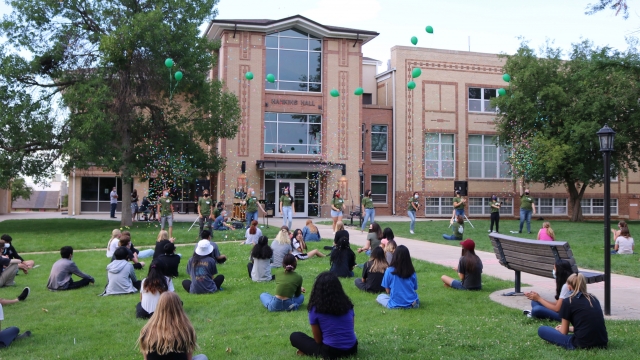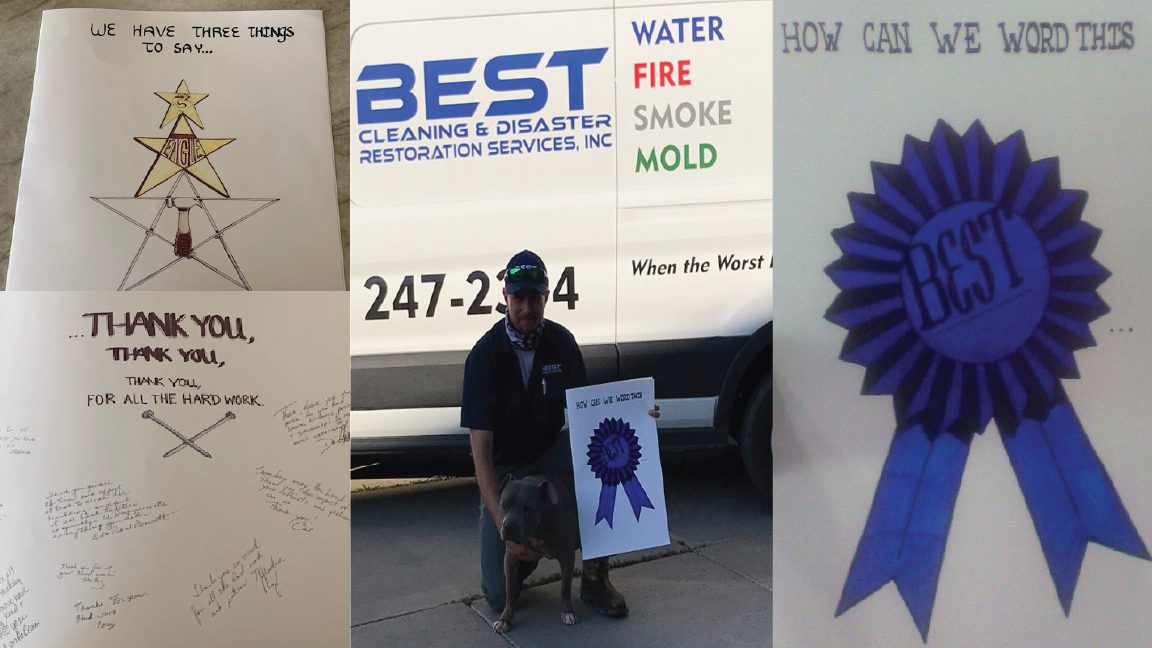By Karrie Meyers –Highlands Ranch, Colorado… Mile High Academy opened the 2020-2021 school year on August 17 by welcoming 198 students back to the campus for in-person education.
“We appreciate the support from the Mile High Academy community as we reopen our doors to in-classroom learning for the 2020-2021 school year,” Brenda Rodie, vice principal of Operations, Admissions and Records said. “It’s good having the classrooms filled with student voices. While this is a journey that could change at any moment, we are thankful to have our family together again.”
Registration was held online and MHA hosted its first virtual back-to-school night, where parents and students “met” their teacher(s) through Zoom sessions and toured their classrooms online.
Campus was closed to families for the traditional first-day-of-school activities. MHA’s prayer walk has been a highlight for parents and students to start the year in prayer. This year’s prayer walk was confined to classrooms and teachers prayed together and a meet-the-staff video played in the classroom.
Many exciting changes have been put in place to address the challenges social distancing brings. Changes include wearing masks in the buildings, social distancing in classrooms, and temperature checks. Wristbands are worn to show the student has passed the drop-off screening process. Other changes include students separated into grade-level cohorts, with lunch and recess staggered in zones around campus to allow for social distancing; plexiglass installed in areas where social distancing isn’t an option; and the flow of traffic in stairways and hallways rerouted to limit unnecessary exposure.
When asked how the new procedures are affecting the classroom, Christiana Hernández MHA middle school teacher said, “The hardest challenge so far is talking with a face covering. I miss seeing all the smiling faces.”
“I’m very thankful to be at school with the students and seeing their eyes sparkle with happiness. We have an amazing family of students who aren’t complaining about all the new policies. The Lord has blessed me by allowing me the privilege to serve at a time such as this,” Hernandez added.
A cleaning service is sanitizing restrooms, sink stations, and other high-traffic areas during school hours. Dismissal of students is done safely, with parents staying in vehicles while students stay in classrooms to be released when their family number is called.
Teachers are prioritizing spending as much time outdoors with their classes as possible.
Students are enjoying being back together with their friends and meeting new classmates. “I’m so glad that we’re able to be on campus,” Allyson Rasco, MHA senior said. “Even though there are changes, we will get used to them. The teachers are doing the best they can to help make this transition go smoothly for us.”
The Meet the Staff video is available for viewing on Mile High Academy’s YouTube page at https://youtu.be/V_E9eQ6Jtfk.
–Karrie Myers is Mile High Academy’s communication assistant; photos supplied


